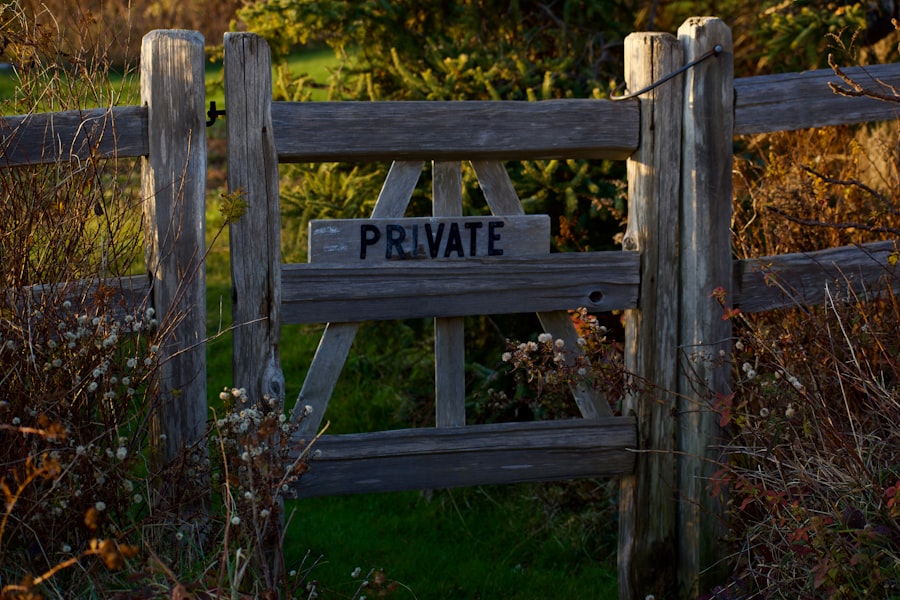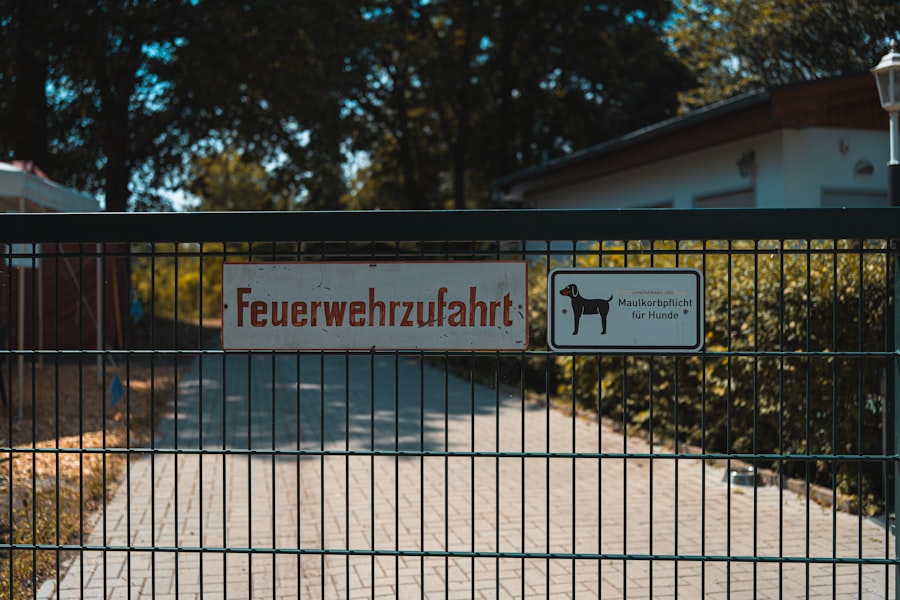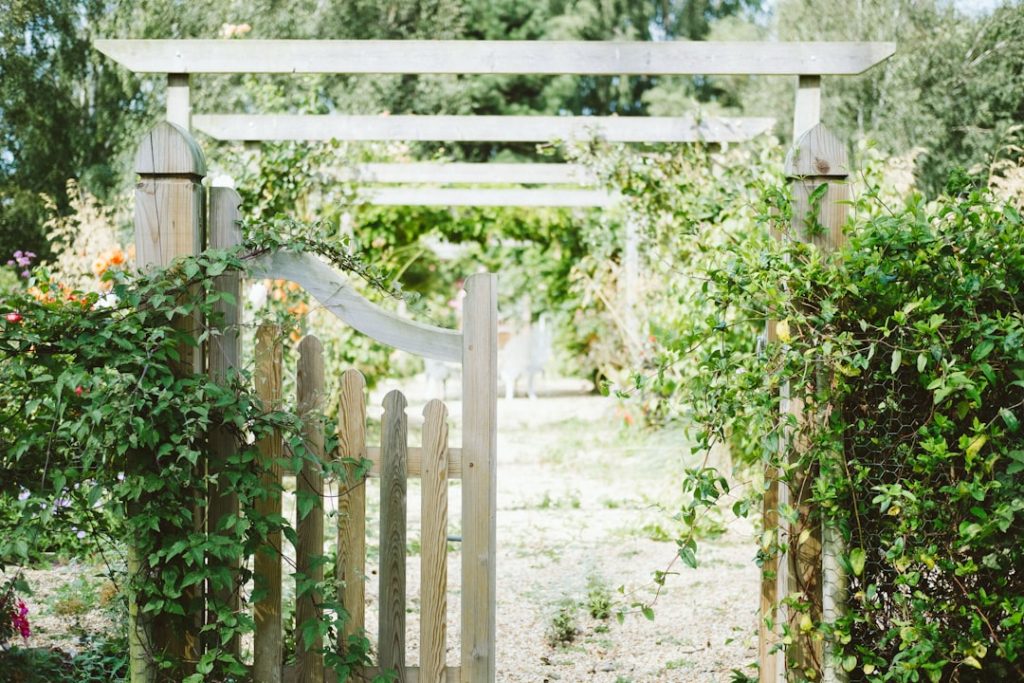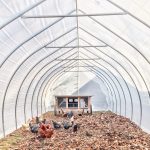Ducks and chickens are domesticated birds with distinct behavioral patterns. Ducks are aquatic birds attracted to water sources such as ponds and pools. They are curious and exploratory, especially when searching for food.
Chickens are more territorial, typically remaining close to their coop or nesting area. They are drawn to areas rich in insects and vegetation. Effective deterrence of ducks and chickens requires understanding their natural behaviors and attractions.
This knowledge enables the implementation of appropriate strategies to discourage their presence in unwanted areas. For instance, making water sources less appealing or creating alternative habitats can help manage duck populations. Both ducks and chickens are social animals that tend to follow their flock.
If one bird discovers access to an area, others are likely to follow. This behavior highlights the importance of identifying and securing potential entry points to prevent unwanted intrusions. By comprehending these behavioral traits, more effective measures can be developed to keep ducks and chickens away from undesired locations while simultaneously creating suitable environments for them elsewhere.
Table of Contents
- 1 Building a Secure Fence
- 2 Using Natural Deterrents
- 3 Creating a Safe and Attractive Alternative Habitat
- 4 Implementing Motion-Activated Devices
- 5 Establishing a Routine of Repellent Application
- 6 Seeking Professional Assistance
- 7 FAQs
- 7.1 What are some effective methods for keeping ducks and chickens out of the yard?
- 7.2 What type of fencing is best for keeping ducks and chickens out of the yard?
- 7.3 What types of plants or landscaping can be used to create barriers for ducks and chickens?
- 7.4 What types of repellents can be used to keep ducks and chickens out of the yard?
- 7.5 How can alternative areas be provided for ducks and chickens to roam?
Key Takeaways
- Ducks and chickens have different behaviors and preferences, so it’s important to understand their specific needs and habits.
- Building a secure fence is crucial to keeping ducks and chickens safe from predators and preventing them from wandering off.
- Using natural deterrents such as plants, herbs, and essential oils can help keep predators away from the coop and the birds.
- Creating a safe and attractive alternative habitat can encourage ducks and chickens to stay within the designated area and reduce the risk of them wandering off.
- Implementing motion-activated devices such as lights and sound alarms can help scare off predators and keep ducks and chickens safe.
Building a Secure Fence
Fence Height and Material Considerations
One of the most effective ways to deter ducks and chickens from unwanted areas is by building a secure fence. Ducks are known for their ability to fly, so it is important to build a fence that is tall enough to prevent them from flying over it. Additionally, ducks are also known for their ability to swim, so it is important to build a fence that extends into the water to prevent them from swimming under it.
Differences in Fence Requirements for Ducks and Chickens
Chickens, on the other hand, are not as skilled at flying, so a shorter fence may be sufficient to keep them out. When building a fence to deter ducks and chickens, it is important to use materials that are durable and resistant to weathering. This will ensure that the fence remains effective in deterring the birds over time.
Regular Maintenance and Additional Deterrents
Additionally, it is important to inspect the fence regularly for any signs of damage or wear and tear, as this can compromise its effectiveness in keeping the birds out. In addition to building a secure fence, it is also important to consider adding deterrents such as netting or spikes to further discourage ducks and chickens from attempting to enter the area.
Using Natural Deterrents

In addition to building a secure fence, using natural deterrents can also be an effective way to keep ducks and chickens away from unwanted areas. Ducks and chickens are both sensitive to certain scents and tastes, so using natural deterrents that target these senses can be an effective way to deter them. For example, ducks are known to be sensitive to the smell of citrus, so using citrus peels or essential oils in the area can help deter them.
Chickens, on the other hand, are known to be sensitive to the taste of bitter substances, so using bitter sprays or powders can help deter them. In addition to using natural deterrents that target their senses, it is also important to consider using physical barriers such as netting or fencing to further discourage ducks and chickens from entering the area. By combining natural deterrents with physical barriers, you can create a multi-layered approach to deterring ducks and chickens from unwanted areas.
It is important to note that natural deterrents may need to be reapplied regularly in order to remain effective. Rain and other environmental factors can wash away or dilute the deterrents over time, so it is important to inspect the area regularly and reapply the deterrents as needed. By using natural deterrents in combination with physical barriers, you can effectively keep ducks and chickens away from unwanted areas and create a safe environment for them elsewhere.
Creating a Safe and Attractive Alternative Habitat
Another effective way to deter ducks and chickens from unwanted areas is by creating a safe and attractive alternative habitat for them elsewhere. Ducks are naturally drawn to water, so creating a small pond or water feature in a different area of your property can help attract them away from unwanted areas. Additionally, providing food sources such as grains or seeds in the alternative habitat can help encourage ducks to stay in that area.
Chickens are naturally drawn to areas with plenty of insects and vegetation, so creating a space with plenty of natural vegetation and insect life can help attract them away from unwanted areas. Additionally, providing a safe and comfortable coop or nesting area in the alternative habitat can help encourage chickens to stay in that area. By creating a safe and attractive alternative habitat for ducks and chickens, you can effectively deter them from unwanted areas while still providing them with a suitable environment in which to thrive.
It is important to regularly maintain the alternative habitat by providing food, water, and shelter in order to encourage the birds to stay in that area.
Implementing Motion-Activated Devices
Motion-activated devices can be an effective way to deter ducks and chickens from unwanted areas. These devices are designed to detect movement and emit a sound or spray of water when triggered, which can startle the birds and encourage them to leave the area. Motion-activated devices can be particularly effective in areas where other deterrents may not be practical or effective.
When implementing motion-activated devices, it is important to consider the placement of the devices in order to effectively deter ducks and chickens. Placing the devices in areas where the birds are likely to enter can help ensure that they are effectively deterred from entering the area. Additionally, it is important to regularly inspect and maintain the devices in order to ensure that they remain effective in deterring the birds over time.
It is important to note that while motion-activated devices can be an effective way to deter ducks and chickens from unwanted areas, they should be used in combination with other deterrents such as natural deterrents or physical barriers for maximum effectiveness. By implementing motion-activated devices in combination with other deterrents, you can create a multi-layered approach to deterring ducks and chickens from unwanted areas.
Establishing a Routine of Repellent Application

Key Considerations for Repellent Application
When establishing a routine of repellent application, it is important to consider the type of repellent being used and how often it needs to be applied in order to remain effective. Some repellents may need to be reapplied after rain or other environmental factors in order to remain effective, so it is important to regularly inspect the area and reapply the repellent as needed.
Safety First: Choosing the Right Repellent
It is also important to consider the safety of the repellents being used, especially if they are being applied in areas where other animals or pets may be present. Using natural repellents that are safe for use around other animals can help ensure that the repellent application is safe for all animals involved.
Effective and Safe Deterrent
By establishing a routine of repellent application using safe and effective repellents, you can effectively deter ducks and chickens from unwanted areas while creating a safe environment for all animals involved.
Seeking Professional Assistance
If all else fails, seeking professional assistance may be necessary in order to effectively deter ducks and chickens from unwanted areas. Professional pest control services have the knowledge and experience necessary to effectively deter birds from unwanted areas using a variety of methods. They can assess the situation and recommend the most effective strategies for deterring ducks and chickens based on their behavior and tendencies.
Professional pest control services may also have access to specialized equipment or products that are not readily available to the general public, which can be particularly useful in deterring birds from unwanted areas. Additionally, they can provide ongoing maintenance and support in order to ensure that the deterrent methods remain effective over time. By seeking professional assistance, you can ensure that you are effectively deterring ducks and chickens from unwanted areas while creating a safe environment for all animals involved.
Professional pest control services have the knowledge, experience, and resources necessary to effectively address bird infestations and provide long-term solutions for deterring ducks and chickens from unwanted areas.
If you’re looking for more information on keeping ducks and chickens out of your yard, you might also be interested in learning about how many eggs geese lay. Check out this article to learn more about geese breeding and egg production.
FAQs
What are some effective methods for keeping ducks and chickens out of the yard?
Some effective methods for keeping ducks and chickens out of the yard include using fencing, creating barriers with plants or landscaping, using repellents, and providing alternative areas for the birds to roam.
What type of fencing is best for keeping ducks and chickens out of the yard?
For ducks and chickens, a sturdy wire mesh fencing with small gaps is best for keeping them out of the yard. This type of fencing is difficult for the birds to penetrate and provides a clear barrier.
What types of plants or landscaping can be used to create barriers for ducks and chickens?
Plants with thorns or prickly leaves, such as rose bushes or holly bushes, can be used to create barriers for ducks and chickens. Additionally, creating raised beds or using rocks and gravel can deter the birds from entering certain areas.
What types of repellents can be used to keep ducks and chickens out of the yard?
Repellents such as motion-activated sprinklers, predator decoys, or commercial bird repellent sprays can be effective in keeping ducks and chickens out of the yard. These methods work by creating an unpleasant or threatening environment for the birds.
How can alternative areas be provided for ducks and chickens to roam?
To keep ducks and chickens out of the yard, it’s important to provide them with alternative areas to roam. This can include designated grazing areas, ponds or water sources, and shelters or coops where the birds can rest and nest.
Meet Walter, the feathered-friend fanatic of Florida! Nestled in the sunshine state, Walter struts through life with his feathered companions, clucking his way to happiness. With a coop that’s fancier than a five-star hotel, he’s the Don Juan of the chicken world. When he’s not teaching his hens to do the cha-cha, you’ll find him in a heated debate with his prized rooster, Sir Clucks-a-Lot. Walter’s poultry passion is no yolk; he’s the sunny-side-up guy you never knew you needed in your flock of friends!







